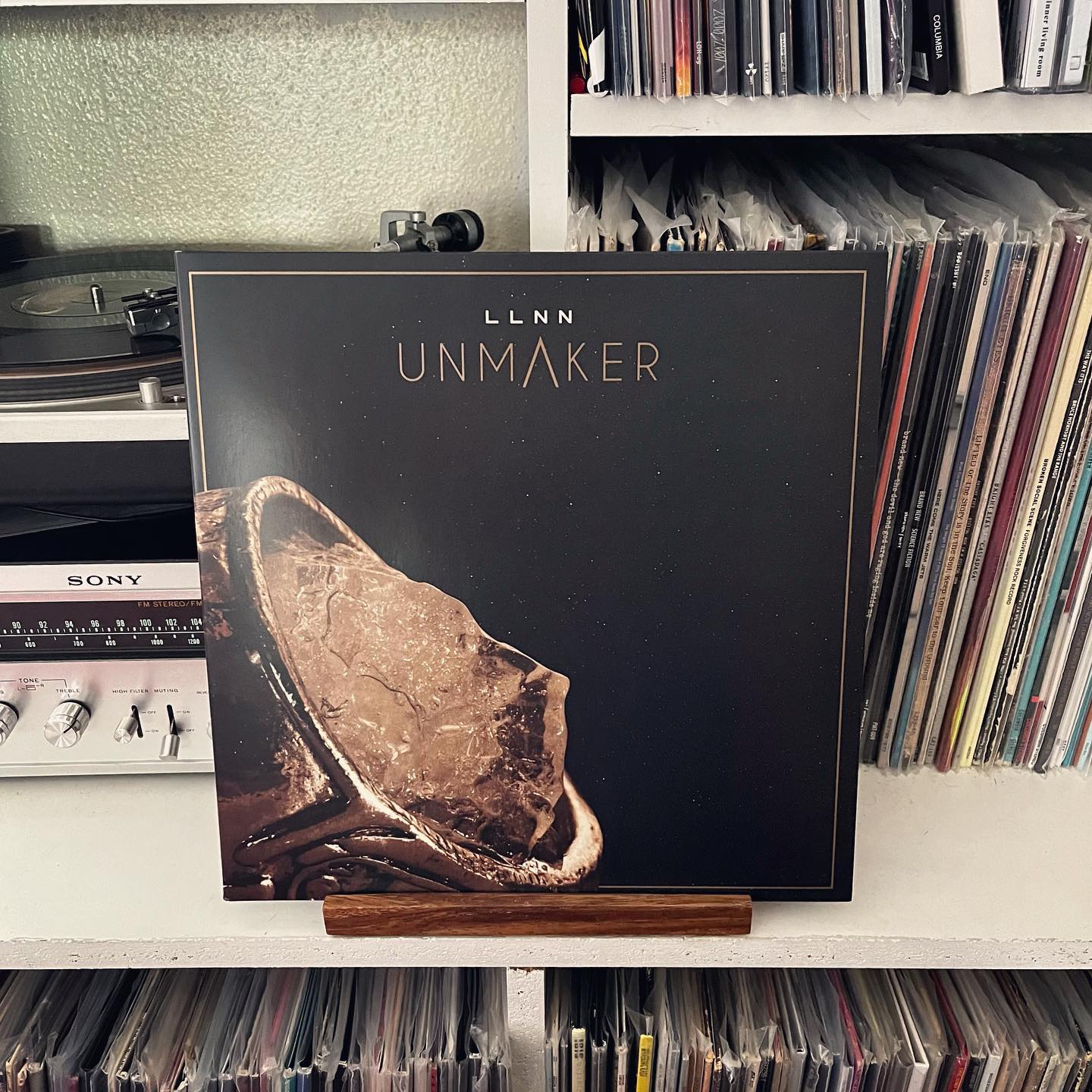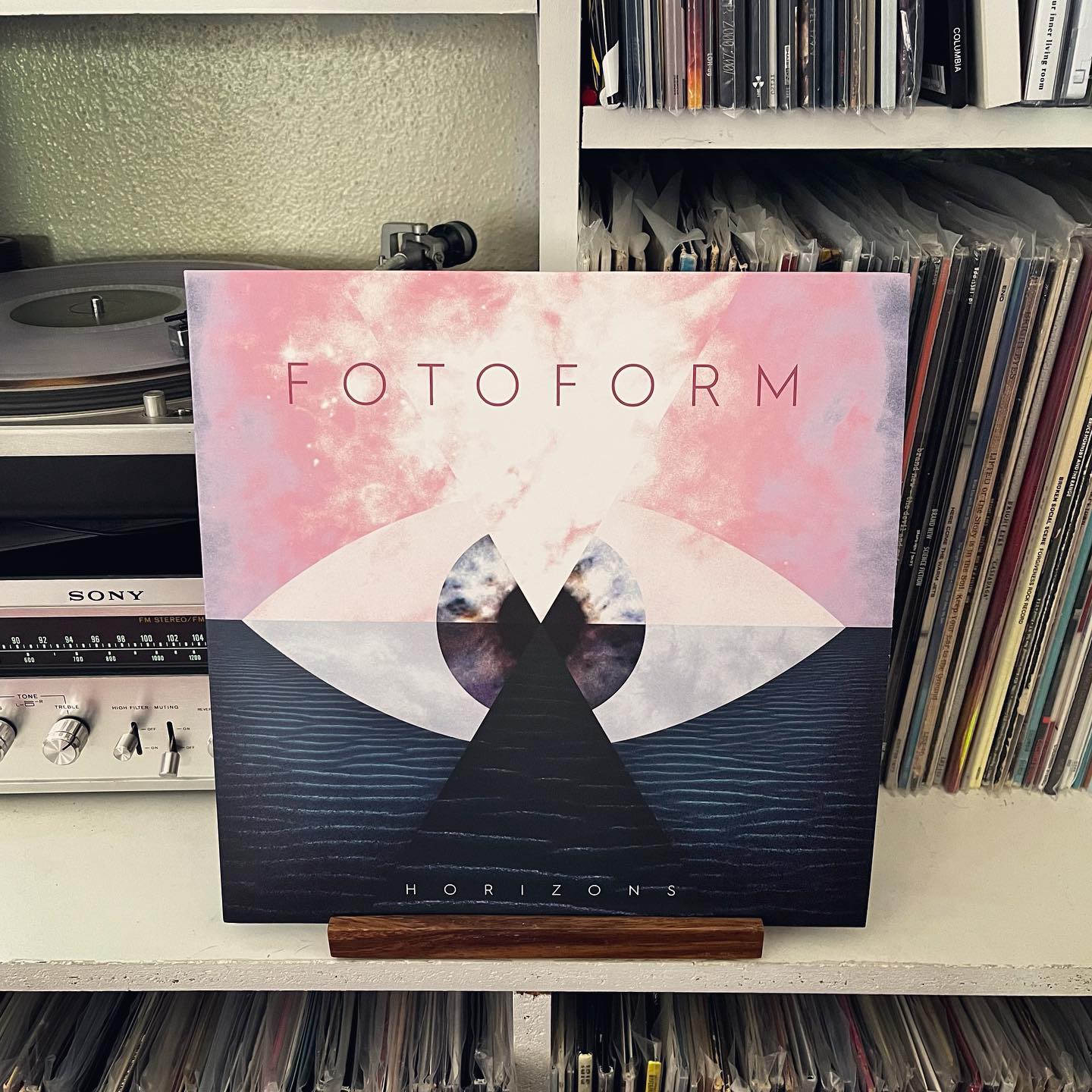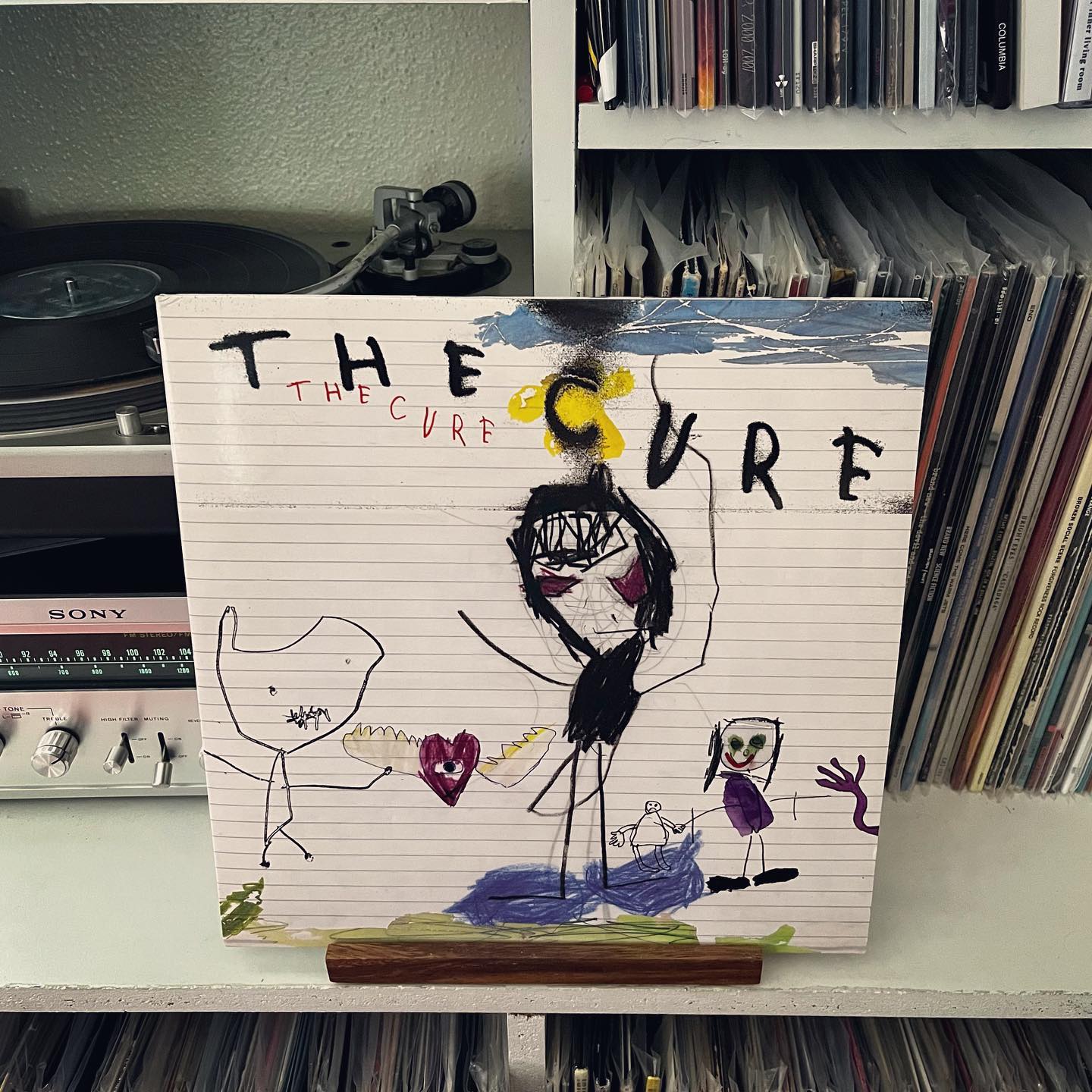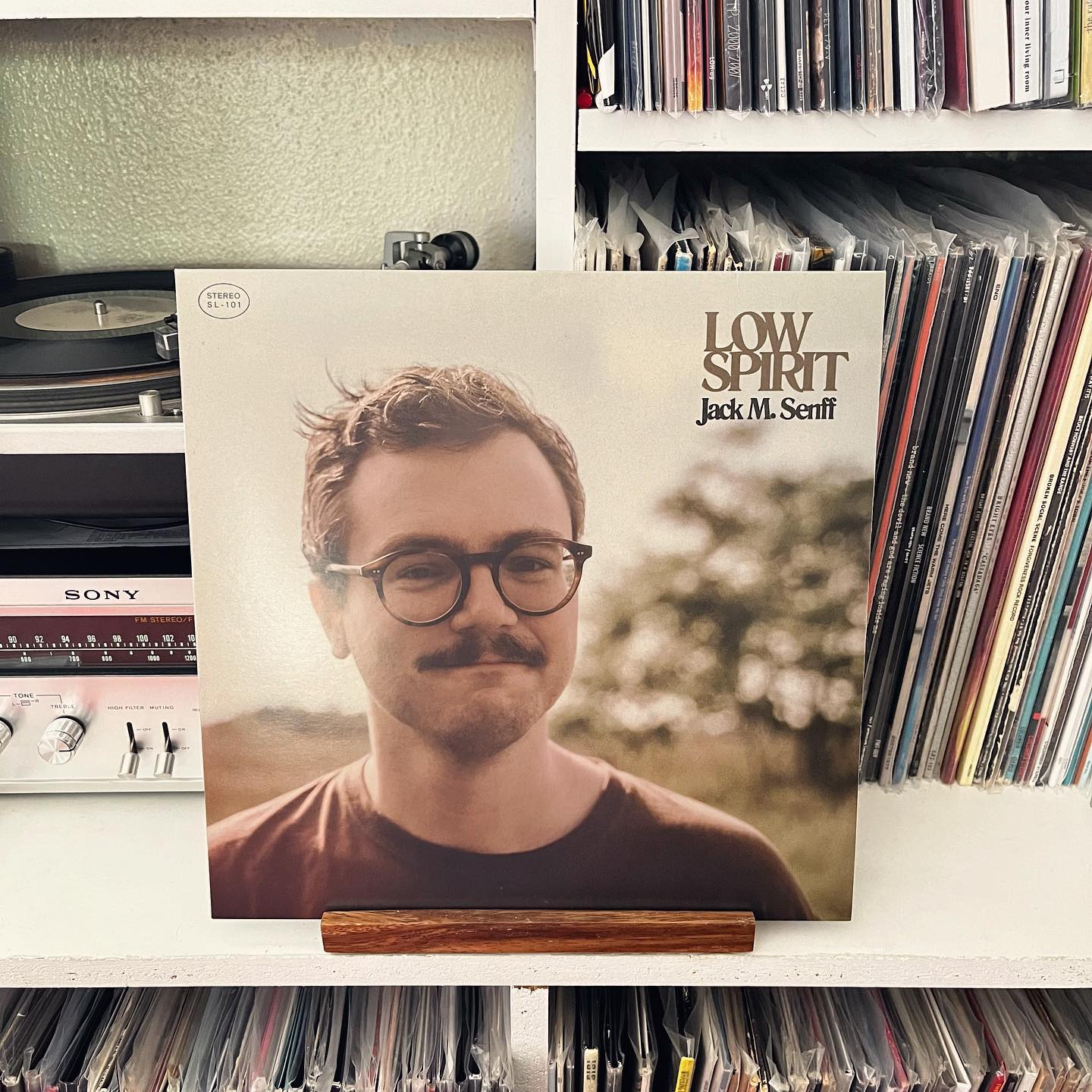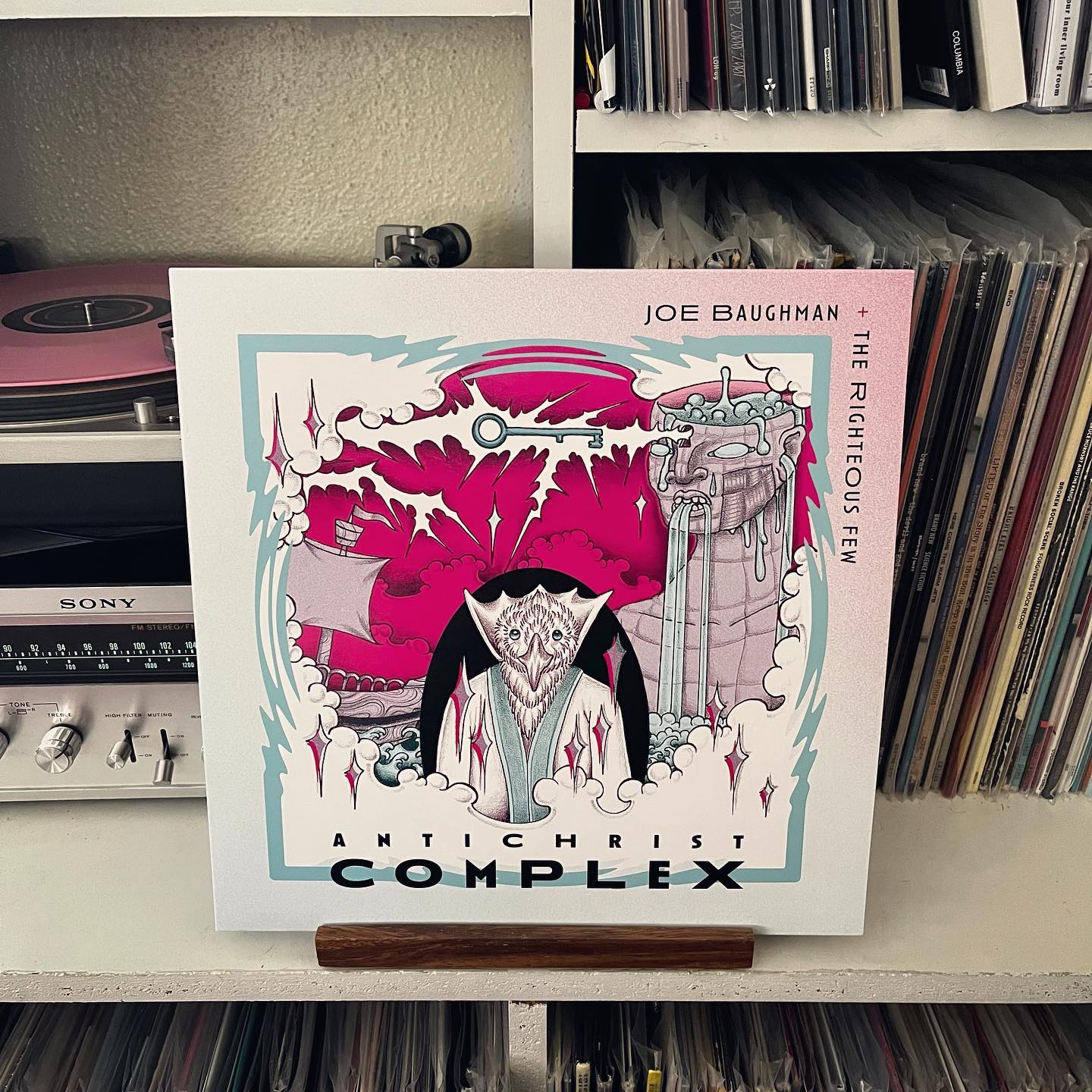 I’ve spent much of my life trying to fight the idea that the “local” in “local bands” is a polite way of saying “bad.” After all, if they were any good, wouldn’t they have graduated from being local bands, right? We all know the universe unilaterally reward talent with notoriety to a proportional degree, right? Obviously, we know that’s absurd, but the idea persists.
I’ve spent much of my life trying to fight the idea that the “local” in “local bands” is a polite way of saying “bad.” After all, if they were any good, wouldn’t they have graduated from being local bands, right? We all know the universe unilaterally reward talent with notoriety to a proportional degree, right? Obviously, we know that’s absurd, but the idea persists.
One of my most frequent rebuttals to this prejudice is my friend Joe Baughman and his backing band, that is most recently called The Righteous Few. Their performances, whether in a theater or a basement, have been filled with the sort of ambitious, freewheeling quirkiness that brought acts like Arcade Fire and Sufjan Stevens to prominence. While there’s no real substitute for seeing this costume-clad beastly collective in person, Antichrist Complex is the closest they’ve ever put to tape, complete with horn and string sections, instrument changes, and lyrics just as manic as the unpredictable swirl of folk rock, funk, and gospel bursting out of the band.

 Mount Eerie is one of those bands that I’ve mostly known just by reputation. For years, I’ve heard the name of Phil Elverum’s project thrown around alongside acts like Bon Iver, The Antlers, Sun Kil Moon, and other songwriters offering emotional devastation to hushed instrumentation.
Mount Eerie is one of those bands that I’ve mostly known just by reputation. For years, I’ve heard the name of Phil Elverum’s project thrown around alongside acts like Bon Iver, The Antlers, Sun Kil Moon, and other songwriters offering emotional devastation to hushed instrumentation.